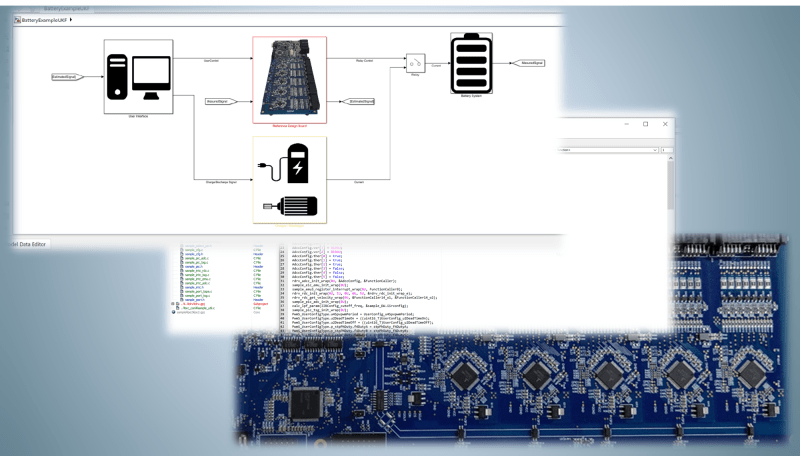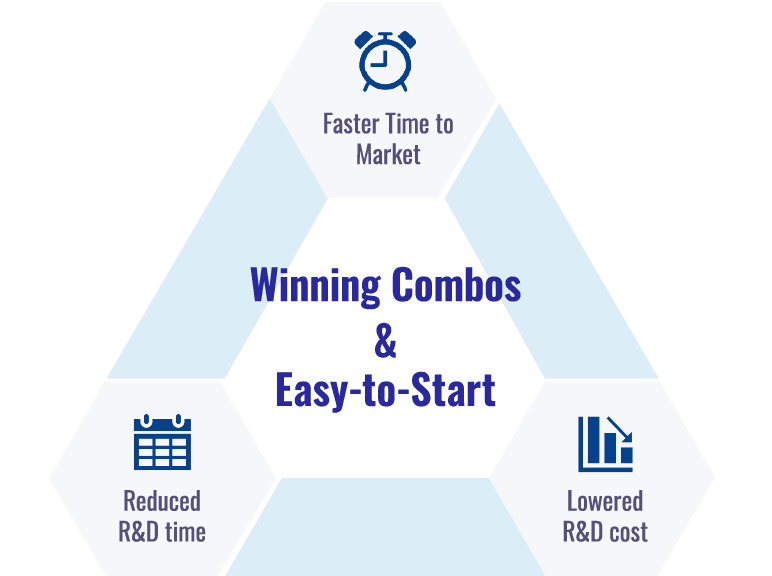Background
The manufacturer that is the subject of this case study was getting ready to start designing its next electric vehicle. When designing its existing model, the manufacturer found that the development of batteries and associated control systems (Battery Management Systems) was very time-consuming, and threw off the overall schedule. After receiving some useful information, the manufacturer decided to pursue a different approach this time.
Problem
Algorithm Development Faces Delays: Several Factors to Blame for Development Delays
BMS development had created a bottleneck in the development of the manufacturer’s current model, partly due to the need to redo some stages of the development process. The need to repeat many steps, including component selection and preliminary design of hardware and software, caused the project to take longer. Another issue was the time-consuming nature of software development of applications and driver software at the implementation phase. Like the reworking issue, the drain on resources attributable to software development also put pressure on the development schedule.
A member of the system development team recalls: "The need to spend time on these tasks delayed the start of the algorithm development work that we should have been focused on. As a result, the finished product had fewer points of difference with our competitors, making it more difficult to fully exploit our competitive advantage. We didn’t want to go down the same path again."
Because each BMS contained components sourced from multiple semiconductor manufacturers, adjustment and tuning was also time-consuming. When components are sourced from multiple suppliers, these suppliers can refuse to provide support for technical issues, claiming their product is not to blame, so all building and tuning work needs to be performed in-house.



